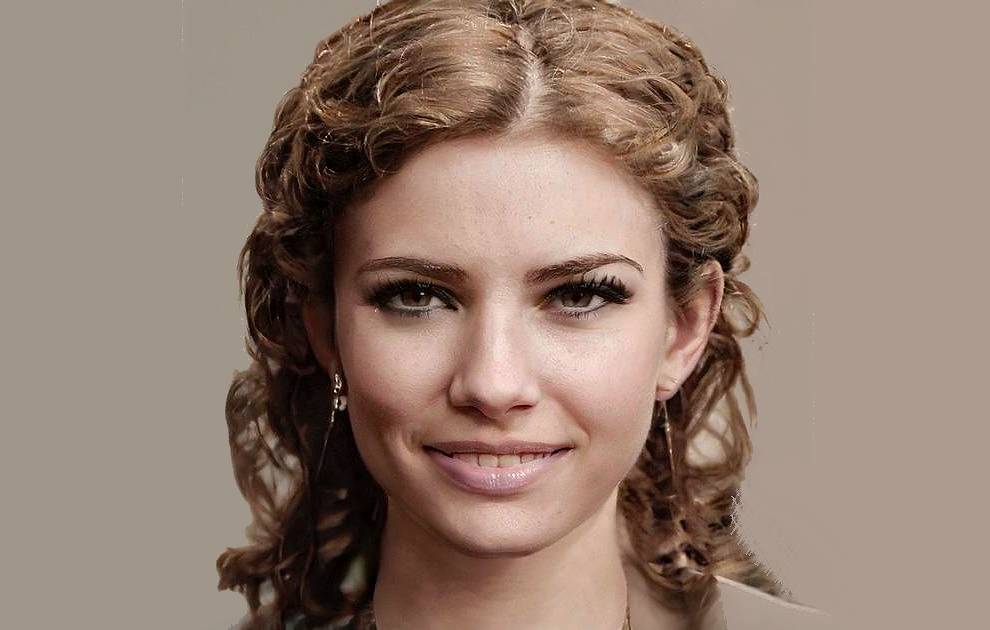
An Aesthetic Focus
The face above appears perfect, yet this is an artist’s reconstruction of a Roman empress from around 40 BC. The artist did have a number of clues but re-creation relied on their understanding of facial anatomy.
We wouldn’t suggest that everyone’s face can look so flawless after skin cancer surgery but there are parallels. A good surgeon relies on their knowledge of how facial tissue works and how defects can be alleviated.
They are using a scalpel rather than a brush, moving tissue in the right way, or choosing where to take transplant tissue from. The intention is still the same, the best aesthetic outcome for each case.
Degrees Of Change
Basal cell carcinomas usually require quite minor surgery, squamous cell carcinoma and early stage melanoma can often be cured without too much intervention.
They still benefit from being treated by a consultant who is more than a surgeon. One with knowledge of cosmetic techniques, who takes this aspect into consideration in every action.
The skill used in removing a lesion can help control reconstructive requirements. This applies for early or later stage cancers, where ensuring a cure has brought greater tissue damage.
Removing your cancer is the key, yet even where this was life threatening, life goes on and returning to normal is a natural wish. Our surgeons want to see this happen for all their patients.
Reconstructive Techniques
Techniques may be used alone, or in combination, cosmetic surgery needs for each case are unique. There are however approaches which are often used.
Skin Grafting – A skin graft requires careful lifting of an area of healthy skin, from a donor site on your body. This is used to repair the area where cancer has been removed.
Smaller skin grafts are often full thickness, consisting of the thin outer epidermis layer and thicker dermis. The graft can be taken from a place where there is an excess of healthy skin, such as behind your ears.
Larger areas tend to involve moving thinner layers, with just part of the dermis. More of the dermis is left at the donor site, perhaps your thigh, allowing this to heal within a couple of weeks.
Flap Surgery – Flap surgery, as the name suggests requires surgically raising a flap of tissue, whilst still attached to the body (and blood supply) which is drawn across to repair an area where cancer has been removed.
Moving, or rotating nearby tissue in this way, to whatever depth is needed, is known as local flap surgery. An alternative is called free flap surgery.
Tissue from a different part of your body is transplanted to the required place and the blood supply is maintained by microsurgical connection to blood vessels near the wound you are covering.
Follow Up Treatment
All reconstructive surgery is carried out by experienced consultants, under safe medical conditions. Healing will generally be uneventful, although taking care still makes sense.
Any pain management issues will be discussed, along with the best way to look after a healing wound. Removal of stitches, or replacement of dressings will naturally be organised to suit.
Longer term follow up may be helpful to patients. From ensuring perfect healing, to checking for recurrence, or fresh onset of other skin conditions.
Providing any information, or support you wish for is equally important throughout and after treatment. Information brings confidence, which helps with healing.
Good support is part of effective reconstructive surgery and of all skin cancer treatment. By all means get in touch to discuss how our team can help.
- Make an appointment
- Phone – 020 7935 8627
- Email – pa@shakib.org


